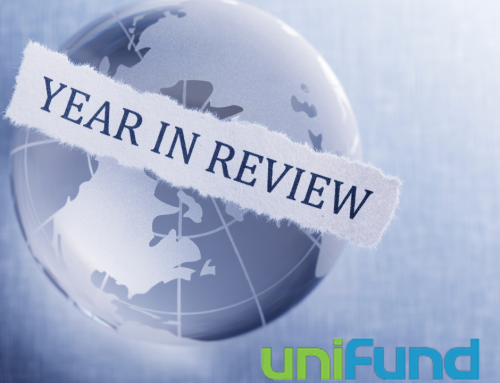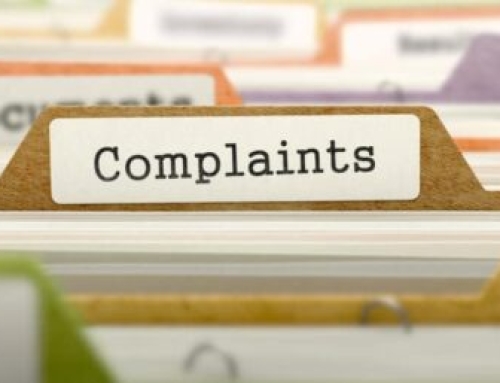A typical consumer’s chance of recovering from debt is higher when the economy is flourishing. However, economic upturns usually raise the price of paper in the debt buying marketplace because lower delinquency rates mean creditors have fewer accounts to sell.
An analysis of Short Term and Long Term Federal Interest Rates paired with historical Unemployment, Delinquency and Charge-Off Rates shows that the economy is on the upswing. Stronger competition therefore is projected in the race for purchasing and managing distressed debt portfolios.
First, let’s look at the trends of Short Term and Long Term Federal Interest Rates. Below, US Treasury 3-month and US Treasury 20-year Rates represent Short Term and Long Term Rates, respectively. The Interest Rate Spread between the Rates is depicted as a proxy for the level of trust in consumers from banks.
The Interest Rate Spread starts to rise at the onset of the financial crisis in 2007. When the economy begins to recover around the end of 2009, the spread reaches stability and follows the Long Term Interest Rate as the Fed keeps the overnight discount rate close to zero through recovery.
Sooner or later, the Fed will increase rates to prepare for the next possible downturn. Some experts worry that any increase by the Fed could hamper stabilization of the labor market and economic growth. Regardless, it is not expected that the spread will grow. Hence, there will be no panic among creditors.
Next, let’s look at Unemployment, Delinquency and Charge-Off Rates before and after the financial crisis.
The visualization clearly shows the parallel movements between the Rates. Decreasing Delinquency Rates and Charge-Off Rates are signs of an improving economy alongside the decreasing Unemployment Rate. The gap between those rates is also decreasing. While Charge-Off Rates are stabilizing, Delinquency Rates are decreasing at a faster pace, meaning fewer delinquencies are progressing to charge-off. The Delinquency Rate curve closely mirrors the Unemployment Rate. Because Unemployment Rate predictions are pointing downward, it is likely that the Delinquency Rate will continue to decrease throughout 2015 as well.
These Rates signal a change in the industry as we transition from a sluggish economy with a high amount of consumer debt to a flourishing economy with a low amount of consumer debt. In the latter, finding quality assets becomes more important as the volume of paper thins and the cost of acquiring paper rises.
Error: Contact form not found.








